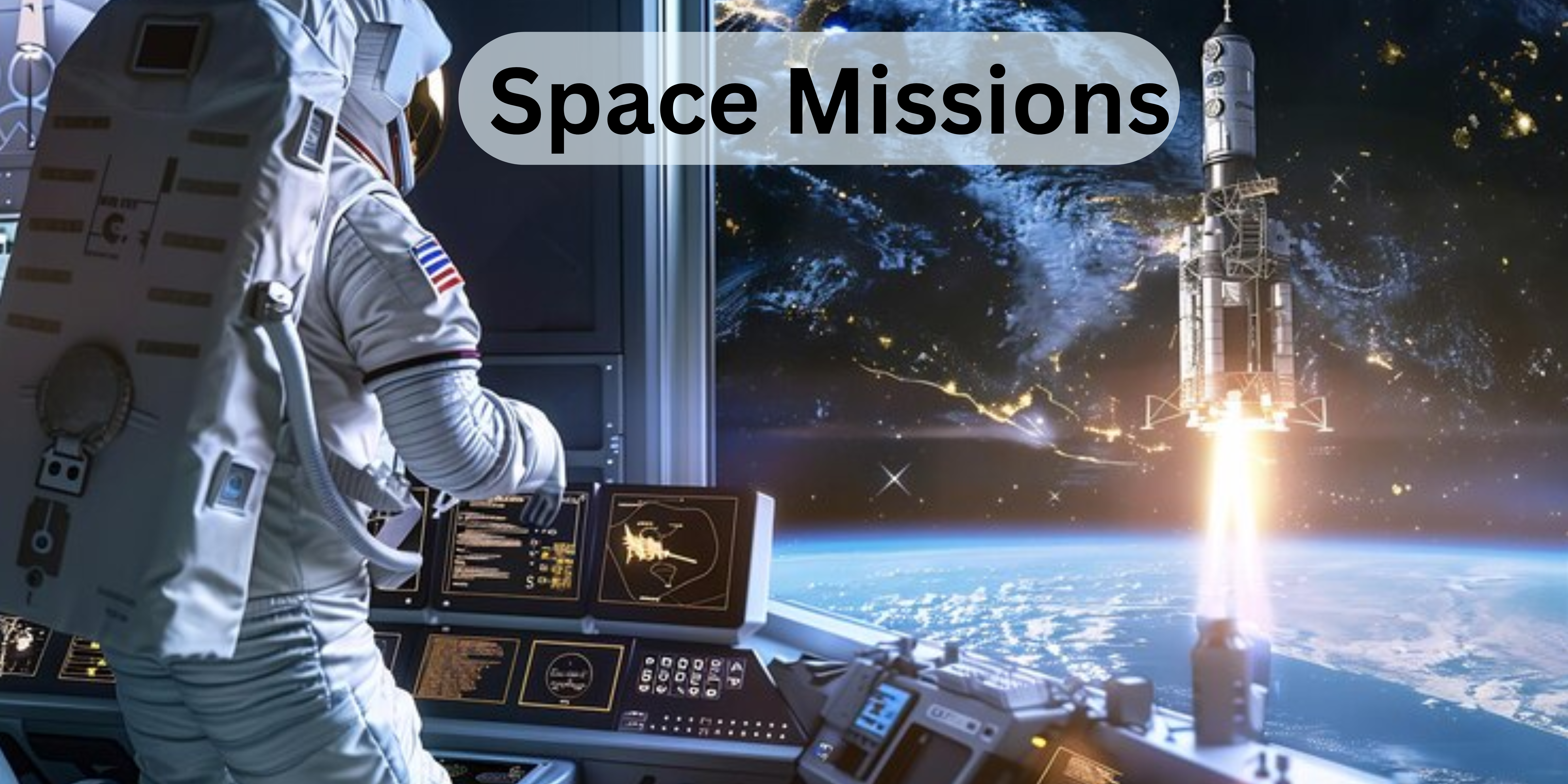Table of Contents
Introduction
Artificial Intelligence (AI) plays a significant role in many industries, and space exploration is no exception. AI’s potential to make space missions more efficient, safer, and smarter is undeniable. But integrating AI into space missions isn’t as straightforward as it sounds. From the vast distances to harsh conditions, deploying AI in space comes with unique challenges. In this blog, we’ll explore these challenges and understand why AI implementation in space is complex yet crucial for the future of space exploration.
Why AI is Important for Space Missions
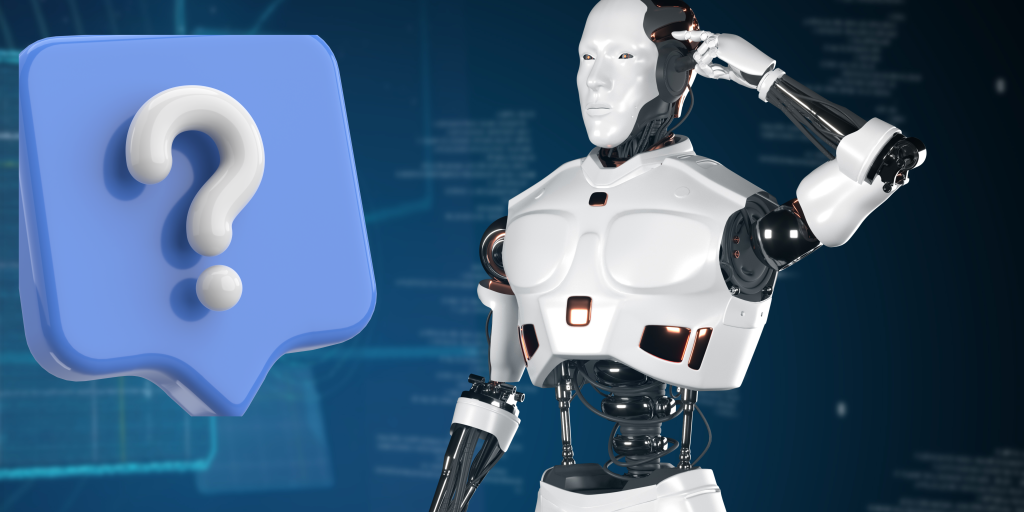
AI offers several advantages in space exploration. It can quickly analyze large volumes of data, make real-time decisions, and even operate autonomously in environments where human intervention is limited or impossible. For instance, AI can help rovers navigate Mars, assist satellites in monitoring climate changes, and enhance the efficiency of spacecraft systems. The ability of AI to handle tasks independently is crucial in space, where communication with Earth is often delayed by several minutes to hours.
Key Challenges of Deploying AI on Space Missions
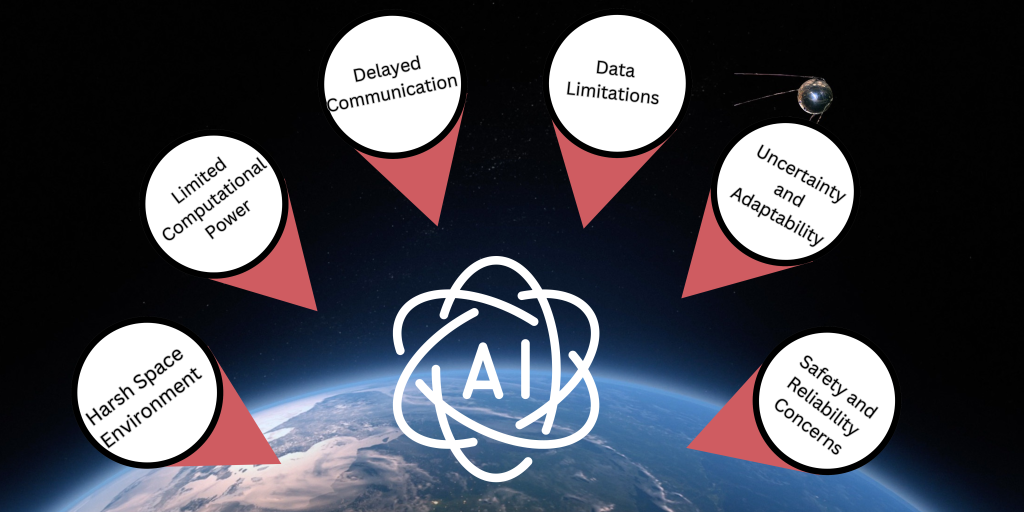
- Harsh Space Environment
Space is unpredictable and extreme with high radiation levels, drastic temperature changes, and microgravity. AI systems, like other technologies, need to withstand these harsh conditions without failure. The hardware running AI algorithms must be robust enough to survive these challenges, which adds complexity to AI development for space missions. - Limited Computational Power
AI systems typically require significant computational power. However, space missions have constraints on size, weight, and power (SWaP), making it challenging to deploy high-performance computing hardware. AI solutions for space must be optimized to run on low-power, small-size processors without compromising performance, which is a tough balancing act. - Delayed Communication
Communication delays are a common challenge in space missions. Depending on their distance, signals can take several minutes or even hours to travel between Earth and spacecraft. AI needs to make decisions independently during these delays. This requires AI algorithms to be highly accurate, adaptive, and reliable, as they must operate without real-time human oversight. - Data Limitations
AI models are trained using vast datasets, but gathering and transmitting large amounts of data can be slow and costly in space missions. Additionally, training data might be limited, making it difficult to create comprehensive AI models that can accurately handle a wide range of scenarios in space. - Uncertainty and Adaptability
Space missions often encounter unexpected situations. AI systems need to be adaptable and capable of handling unforeseen events, such as sudden changes in spacecraft conditions or unplanned encounters with space debris. Designing AI that can manage such uncertainty is challenging and requires innovative machine learning and problem-solving approaches. - Safety and Reliability Concerns
Safety is paramount in space missions, where even minor errors can lead to mission failure. AI systems must be rigorously tested to ensure their reliability in different scenarios. However, due to the dynamic nature of space environments, achieving complete reliability is difficult. Engineers must ensure that AI solutions can operate safely under all circumstances.
Examples of AI in Space Missions
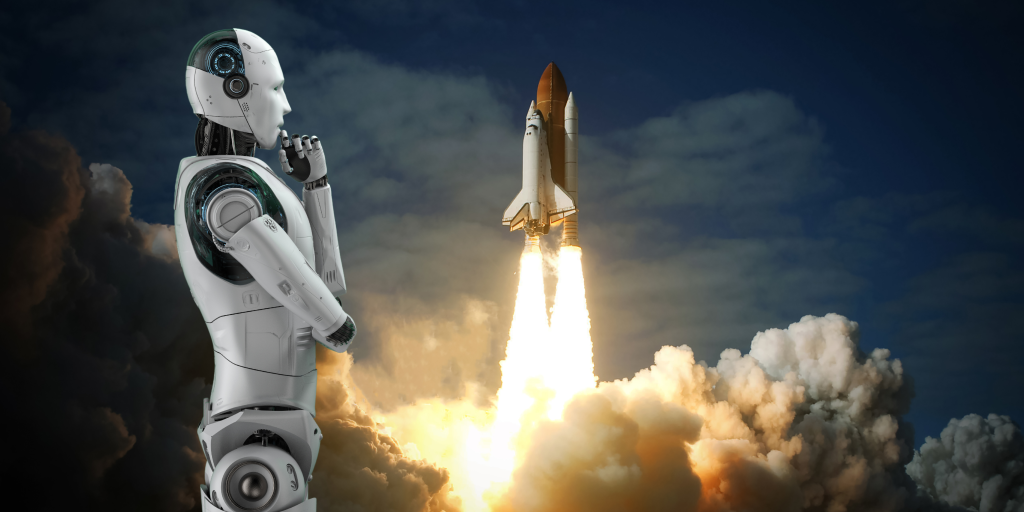
- NASA’s Perseverance Rover
NASA’s Perseverance rover on Mars uses AI to navigate autonomously, making real-time decisions about the safest and most efficient paths. The rover’s AI is designed to identify obstacles, select targets for study, and prioritize tasks without human intervention. - ESA’s Earth Observation Satellites
The European Space Agency (ESA) uses AI on Earth observation satellites to process images and detect changes in climate patterns, natural disasters, and environmental phenomena. These AI-powered satellites can make sense of large datasets and provide insights that help scientists monitor Earth’s health more effectively.
The Future of AI in Space
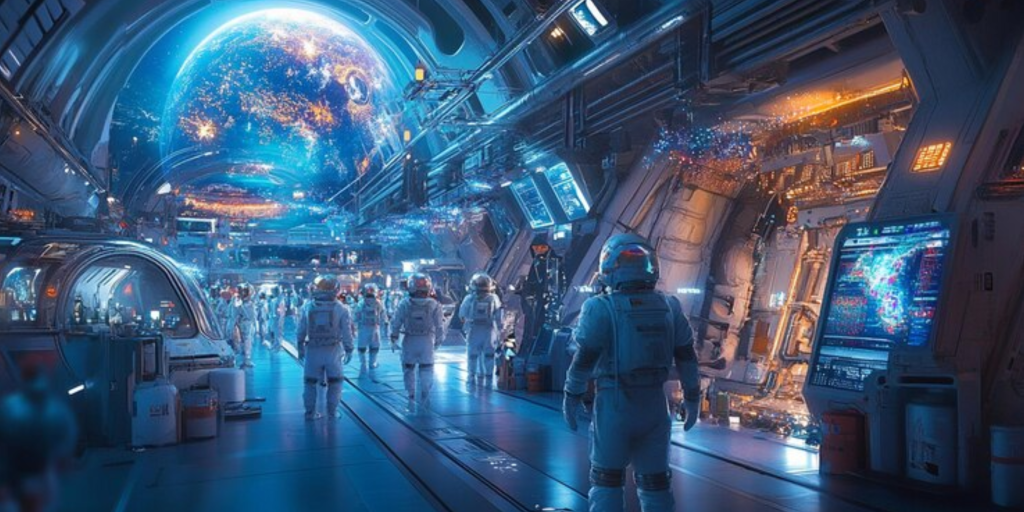
Despite the challenges, AI’s role in space exploration is set to grow. As technology advances, AI will become more resilient, adaptable, and efficient, enabling it to perform more complex tasks. Innovations in edge computing, miniaturization of AI chips, and improved algorithms will make AI more suitable for space missions. In the future, AI could be used not only for navigation and data analysis but also for spacecraft repairs, autonomous docking, and even exploration of distant planets.
Conclusion
Deploying AI in space is no easy task, but it is a crucial step toward making space missions more efficient and successful. Overcoming the challenges of harsh conditions, limited resources, and communication delays requires innovation and continuous improvement. As AI technology evolves, its integration into space exploration will enable humanity to achieve new milestones in understanding the cosmos.
The road may be tough, but AI’s potential in space is limitless—and it’s only the beginning.



















